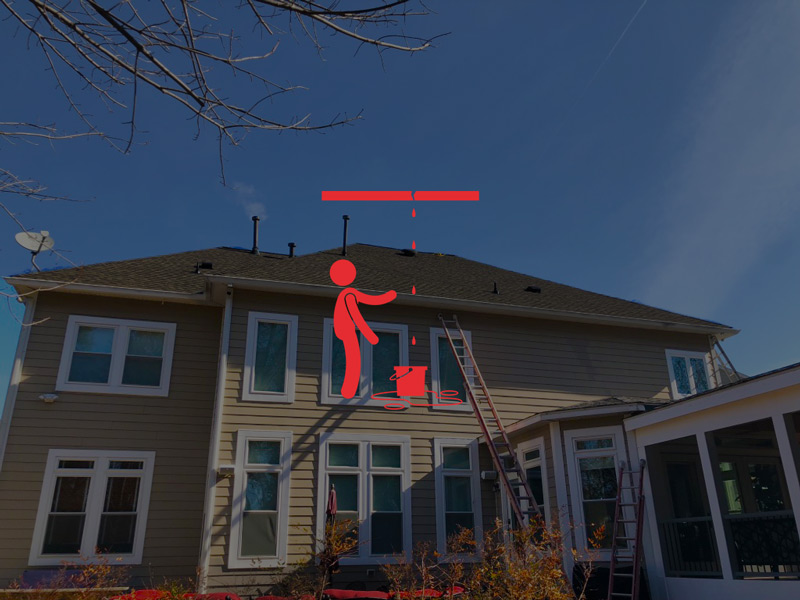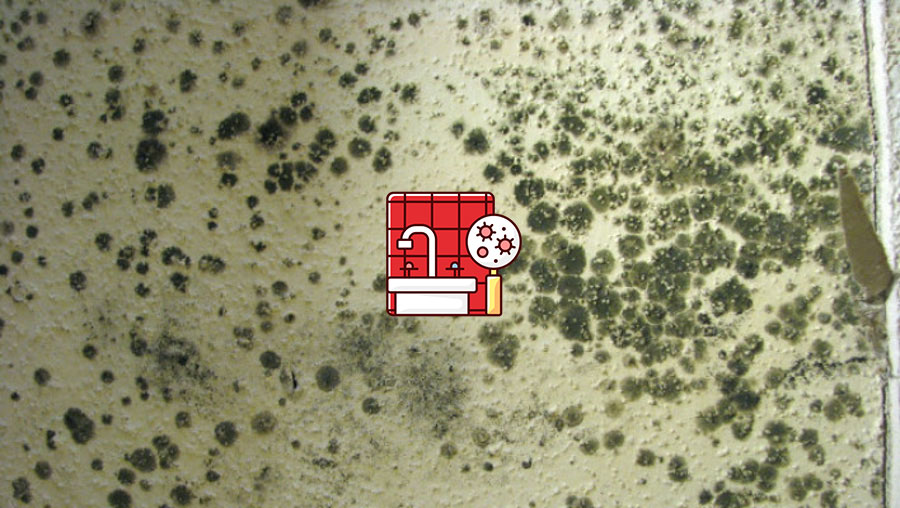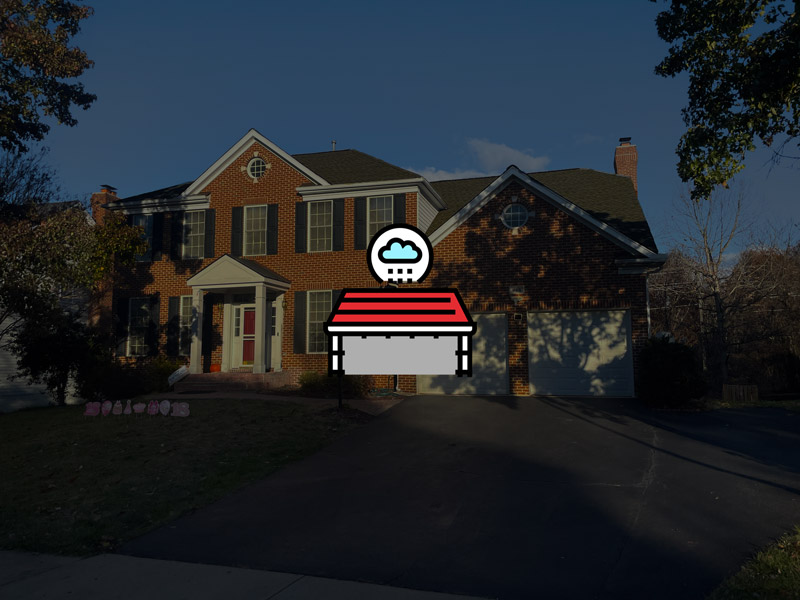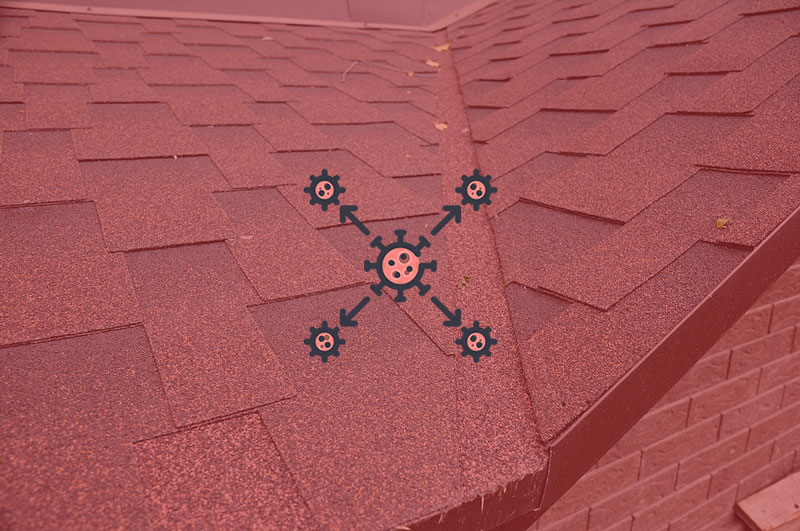Roof Leaking into Attic: Signs, Causes, and Solutions
As a homeowner, it’s important to be aware of the hidden signs that indicate a roof leak. By recognizing these indicators early on, you can take timely action and prevent further water damage. We will explore these signs in detail, allowing you to be proactive in protecting your attic from the harmful effects of a leaky roof.

Understanding Roof Leaks
Common Causes of Roof Leaks
- Aging Roof: Over time, roofs become more susceptible to leaks due to deterioration caused by exposure to weather elements, UV rays, and temperature fluctuations.
- Damaged Shingles: Cracked, missing, or improperly installed shingles can create openings for water to enter the roof structure and eventually reach the attic.
- Faulty Flashings: Flashings, which are thin metal strips that seal vulnerable areas such as chimneys, vents, and skylights, can deteriorate or become loose, allowing water to penetrate.
- Poor Roof Installation: Inadequate installation techniques, including improper sealing of joints or insufficient underlayment, can lead to weak spots that are prone to leaks.
- Clogged Gutters: When gutters and downspouts are clogged with debris, water can overflow and seep under the roofing materials, leading to leaks.
Impact of a Roof Leak on the Attic and the Entire House
A roof leak left unattended can have detrimental effects on both the attic and the overall integrity of the house. Here are some potential impacts:
- Structural Damage: Water that infiltrates the attic can saturate the insulation, weaken the roof’s support structure, and compromise the stability of the entire roof system.
- Mold and Mildew Growth: Excess moisture in the attic due to a roof leak creates an ideal environment for mold and mildew to thrive. These fungi can cause health issues for occupants and further damage the building materials.
- Damaged Insulation: Water-soaked insulation loses its effectiveness, leading to decreased energy efficiency and increased heating or cooling costs.
- Electrical Hazards: If water reaches electrical components in the attic, it can pose a significant safety risk, including short circuits or electrical fires.

Recognizing Hidden Signs of a Roof Leak
Water Stains on the Ceiling and Walls
One of the most apparent signs of a roof leak is the presence of water stains on the ceiling and walls. These stains can appear as discolored patches, often with a brownish or yellowish tint. They indicate that water has penetrated through the roof and made its way into the attic or the space between the roof and the ceiling. It’s important to address these stains promptly, as they can worsen over time and lead to further damage if the underlying cause is not resolved.
Dampness or Musty Odors in the Attic
If you notice a persistent dampness or musty odor in your attic, it could be a clear indication of a roof leak. When water enters the attic, it can create a humid environment that promotes the growth of mold and mildew. These fungi thrive in damp conditions and release distinct odors. Therefore, a musty smell in your attic should not be ignored, as it may signify an ongoing leak that needs attention.
Increased Energy Bills due to Insulation Damage
A roof leak can compromise the insulation in your attic, leading to decreased energy efficiency and higher utility bills. When insulation gets wet, it loses its effectiveness in regulating temperature and preventing heat transfer. As a result, your heating and cooling systems have to work harder to maintain a comfortable indoor environment, resulting in increased energy consumption. If you notice a sudden spike in your energy bills without a clear explanation, it’s worth investigating the possibility of a roof leak.
Mold or Mildew Growth in the Attic
The presence of mold or mildew in your attic is a red flag for a roof leak. These fungi thrive in moist environments and often develop in hidden corners or on surfaces affected by water infiltration. If you spot any mold growth on the attic walls, beams, or insulation, it indicates that there is excessive moisture entering your attic, likely from a leaking roof. Prompt action is necessary to prevent further mold proliferation and address the underlying leak issue.
Sagging or Weakened Roof Structure
A roof leak that goes undetected or unattended for a prolonged period can lead to structural damage, causing the roof to sag or weaken. This is a serious sign that the leak has progressed and affected the integrity of the roof’s supporting structure. If you notice any visible signs of sagging or weakened areas on your roof, it’s essential to have a professional inspection and repair performed immediately to prevent further damage and potential collapse.

Temporary Measures to Mitigate Damage
Tarps and Temporary Patches:
- Covering the affected area with a waterproof tarp can provide immediate protection against water intrusion.
- Securely fasten the tarp over the damaged portion of the roof using ropes or bungee cords.
- Temporary patches, such as roofing cement or sealants, can be applied to small leaks or cracks in the roofing material as a temporary stop-gap measure.
Clearing Debris from Gutters and Downspouts:
- Clogged gutters and downspouts can contribute to roof leaks by causing water to overflow and seep into the attic.
- Regularly inspect and clear any debris, such as leaves and twigs, from the gutters and downspouts to ensure proper water drainage away from the roof.
Ensuring Proper Attic Ventilation and Insulation:
- Inadequate ventilation and insulation in the attic can lead to condensation and moisture buildup, exacerbating the effects of a roof leak.
- Check that attic vents are clear of obstructions and functioning properly to allow for proper air circulation.
- Inspect and address any insulation issues, such as wet or damaged insulation, which may need to be temporarily removed and replaced after the leak is resolved.
Taking Immediate Action:
- Document the extent of the damage by taking photos and making notes to aid in insurance claims.
- Safely move any valuable belongings or furniture away from the affected area to prevent further damage.
- Place buckets or containers strategically to collect dripping water and prevent it from spreading to other areas of the attic or home.

Fixing the Roof Leak
When it comes to fixing a roof leak into the attic, it is essential to hire a professional roofing contractor who possesses the necessary qualifications and expertise. Here are some key considerations to keep in mind:
Hiring a Professional Roofing Contractor:
- Look for a licensed and insured roofing contractor with a proven track record in handling roof leaks and repairs.
- Seek recommendations from friends, family, or neighbors who have had positive experiences with roofing contractors.
- Verify the contractor’s credentials and certifications to ensure they are qualified to work on your roof.
Repair Options:
- The approach to fixing a roof leak will depend on the severity and type of the leak. A professional contractor will conduct a thorough inspection to determine the best course of action.
- Repair options may include shingle replacement, repairing damaged flashing, or applying roof coatings to reinforce the existing roofing material.
- In some cases, if the damage is extensive or the roof is nearing the end of its lifespan, a roof replacement might be recommended.
Exploring Potential Solutions:
- Shingle Replacement: Damaged or missing shingles are a common cause of roof leaks. A professional contractor will carefully remove and replace the affected shingles, ensuring a proper seal to prevent future leaks.
- Flashing Repair: Flashing around chimneys, vents, and skylights can deteriorate over time, leading to leaks. A skilled contractor will repair or replace damaged flashing to ensure water-tightness.
- Roof Coatings: Applying a waterproof coating can provide an additional layer of protection against future leaks. The coating is applied directly to the roof surface, sealing any existing gaps or cracks.

Fixing the Roof Leak
When it comes to fixing a roof leak into the attic, it is essential to hire a professional roofing contractor who possesses the necessary qualifications and expertise. Here are some key considerations to keep in mind:
Hiring a Professional Roofing Contractor:
- Look for a licensed and insured roofing contractor with a proven track record in handling roof leaks and repairs.
- Seek recommendations from friends, family, or neighbors who have had positive experiences with roofing contractors.
- Verify the contractor’s credentials and certifications to ensure they are qualified to work on your roof.
Repair Options:
- The approach to fixing a roof leak will depend on the severity and type of the leak. A professional contractor will conduct a thorough inspection to determine the best course of action.
- Repair options may include shingle replacement, repairing damaged flashing, or applying roof coatings to reinforce the existing roofing material.
- In some cases, if the damage is extensive or the roof is nearing the end of its lifespan, a roof replacement might be recommended.
Exploring Potential Solutions:
- Shingle Replacement: Damaged or missing shingles are a common cause of roof leaks. A professional contractor will carefully remove and replace the affected shingles, ensuring a proper seal to prevent future leaks.
- Flashing Repair: Flashing around chimneys, vents, and skylights can deteriorate over time, leading to leaks. A skilled contractor will repair or replace damaged flashing to ensure water-tightness.
- Roof Coatings: Applying a waterproof coating can provide an additional layer of protection against future leaks. The coating is applied directly to the roof surface, sealing any existing gaps or cracks.

Preventing Roof Leaks in the Future
Regular Roof Inspections and Maintenance:
- Schedule regular roof inspections, at least once a year, to identify any signs of damage or potential issues.
- A professional roofer can assess the condition of your roof, detect early signs of damage, and address them promptly.
- Regular maintenance, such as replacing damaged shingles, resealing flashing, and addressing minor issues, can prevent leaks from developing.
Cleaning Gutters and Downspouts to Prevent Clogs:
- Regularly clean your gutters and downspouts to prevent debris from accumulating and causing water backup.
- Clogged gutters can lead to water overflow, which can seep into the attic and cause roof leaks.
- Clearing leaves, twigs, and other debris will ensure proper water drainage away from the roof.
Trimming Overhanging Tree Branches:
- Trim tree branches that overhang your roof to minimize the risk of damage during storms or high winds.
- Overhanging branches can scrape against the roof surface, dislodge shingles, and create entry points for water.
Monitoring Attic Ventilation and Insulation:
- Proper attic ventilation and insulation play a crucial role in preventing moisture buildup and condensation that can lead to roof leaks.
- Ensure that attic vents are clear of obstructions and functioning correctly to allow for adequate air circulation.
- Regularly inspect insulation for signs of damage, such as wet spots or mold growth, and address any issues promptly.
Investing in High-Quality Roofing Materials and Professional Installation:
- Choose high-quality roofing materials that are durable and designed to withstand harsh weather conditions.
- Professional installation by experienced roofers ensures proper sealing and reduces the risk of installation errors that can lead to leaks.
View More Articles
Please Share!










